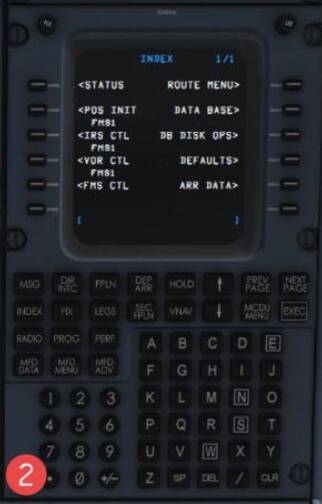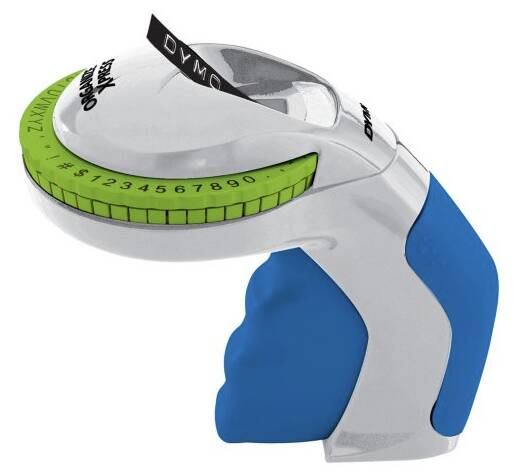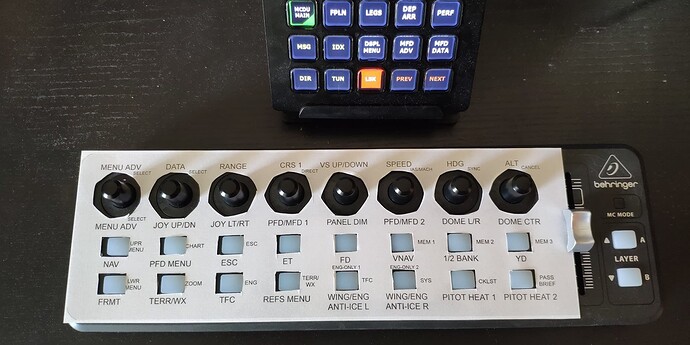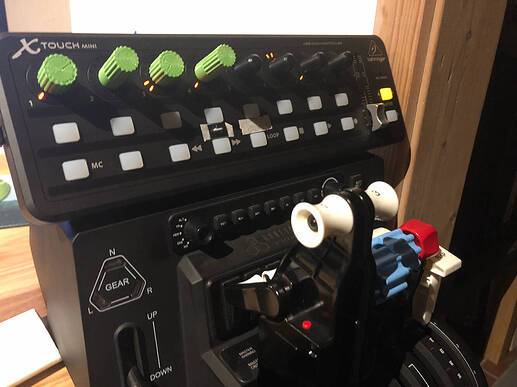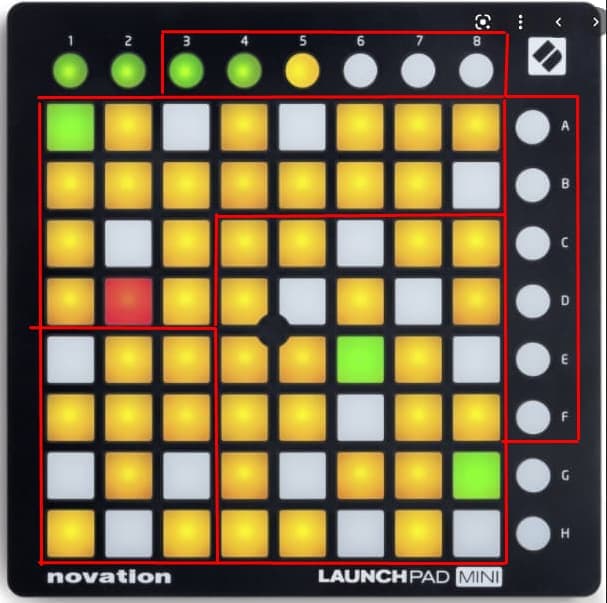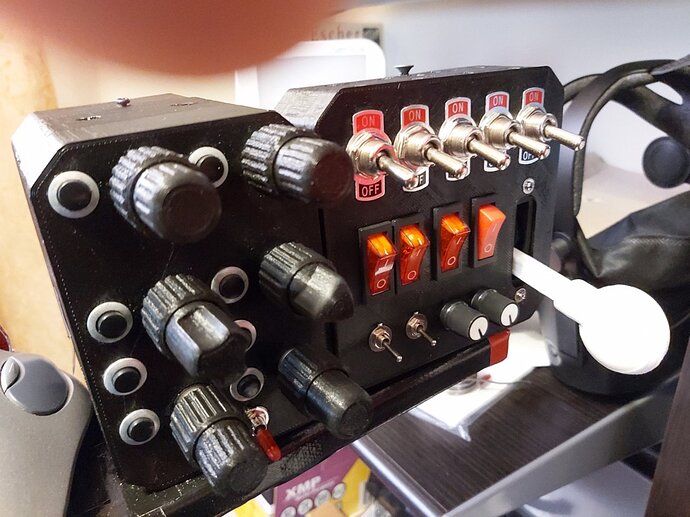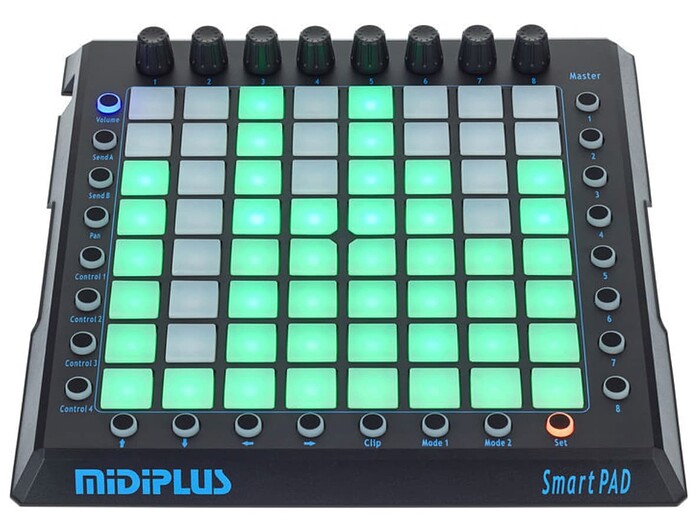Great idea. As an alternative you can even build your own controllers running on free MobiFlight software on an arduino, for just a few bucks of parts from Ali express. Only your fantsy and a number of available pins on Arduino Mega is the limit. Actually, the largest limit is what you can remember and find easily by touch.
I built my VR control box with 6 DIY dual encoders (3D printing + cheap single encoders) and 8 buttons and 3-position bank switch. This places all radio tuning, autopilot functions, and virtually all GNS530 functions at my fingertips, operating very close to real live. Most knobs have unique shapes and are easy to identify by touch.
I then built an extension box just few days ago, with switches to control all lights, master battery etc., and a realistic gear lever (pull, slide, lock)
I will post my whole build soon (there’s much more: a whole home-built motion platform which I already My DIY 2DOF Motion Platform for MSFS - adding a whole new immersion level to VR, on a budget - VIDEO), custom-made 8-axis Boeing style throttle quadrant with analog reversers etc., custom pendular yoke and joystik rig built with hall sensors, and 5-axis left-hand HOTAS-style throttle that can transform to a helicopter collective control, with a panel of switches and pots.
Here’s the encoder box with an extention box. Dual encoders are way cooler than single encoders. And with Mobiflight you can mimic precisely how they are supposed to work and do quite complicated arrangements. For example, top let knob does COM1 radio frequency, kHz on the inner knob, Mhz on the outer knob (exacly like a real one), button next to the encoder is SWAP that uts the freq into use, and clicking the encoder center switches the state to control NAV1 radio in the same way, with SWAP button actin on that pair of frequencies. By flipping the bank switch I get to tune COM2/NAV2 radios in the same way. And that’s just one encoder!
Bottom left encoder: outer ring controls GPS zoom, iner ring control the transponder by using its click as a register change: locked/1st digit/2nd/3rd/4rth/lock. In short, I would run out of my memory trying to remember where everything is, then out of options with those boxes and panels… Total cost in parts and plastic is maybe around $70 at the most, for all described gizmos together…
I’m not keen to model FMC etc., because VR controller support is coming in SU7 and those would be much easier control with that in VR. But fine adjustments of AP/Radios and other encoders would probablyfeel better with real encoders still, and my goal is to keep hands free of VR controller on all critical parts of the flight.

